The 7 Most Important Modern Artists
This timeline details the top 7 works in Modern Art. The Art Story has developed interactive timelines that show the progression of Modern Art. They aim to educate and introduce topics using technology and the interactive capabilities of the web. Please visit this page on your desktop computer to see this timeline.

This elite group of artists represents the true giants who changed the course of modern and contemporary art. Whether they were recognized during their lives or ahead of their time, their legacies can be traced through countless followers, emulators, and admirers.
Claude Monet
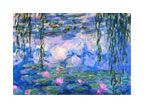
Vincent Van Gogh

Pablo Picasso

Marcel Duchamp

Salvador Dalí

Jackson Pollock

Andy Warhol

Vincent Van Gogh 1853-1890 Achievement Van Gogh's conveyance of intense emotional and spiritual messages was built on the Impressionist's use of abstract color, sketchy paint application, and unconventional perspective. His visible and emphasized brushstrokes in thick swathes of impasto exploited colors and textures to make powerfully expressive interpretations of landscapes, portraits, and still lifes. Influence Van Gogh's passionately evocative style has influenced a wide range of modernist painters and encouraged others to paint with a sense of drama and individual personality. Although unappreciated and left to struggle in obscurity during his lifetime, Van Gogh would become highly celebrated and influential to artists of the 20th century. > Vincent Van Gogh Full Artist Page | 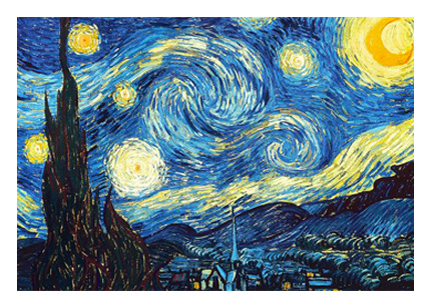 Individual brushstrokes combine to make the canvas pulsate, conjuring the motion of nature and/or the divine Starry Night (1889) 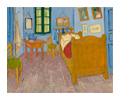 Bedroom in Arles (1889) 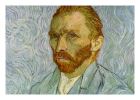 Self-Portrait (1889)  Sunflowers (1888) |
Pablo Picasso 1881-1973 Achievement Along with Georges Braque, Picasso boldly broke down the boundaries of visual space and single-point perspective, inventing the style known as Cubism. This movement was the first significant break from the traditional Renaissance conception of painting as a literal extension of our physical world. Although his Cubist works approached abstraction, Picasso never stopped using objects of the real world for his subject matter, articulating playful exploration into meaning and form. His style evolved prolifically over the seventy years of his career, continually breaking new ground and making him (perhaps) the most famous artist of the 20th century. Influence Picasso's experiments in Cubism sparked a revolution that inspired countless artists to reconsider the relationship between abstraction and representation. His fractured images inspired styles such as Futurism and Orphism, while his more colorful and Surrealist works were important to the development of Abstract Expressionism. Due to his exhaustive curiosity and interest in creating work within multiple mediums, there are few areas of 20th-century modernism uninfluenced by Picasso's vast hand. > Pablo Picasso Full Artist Page | 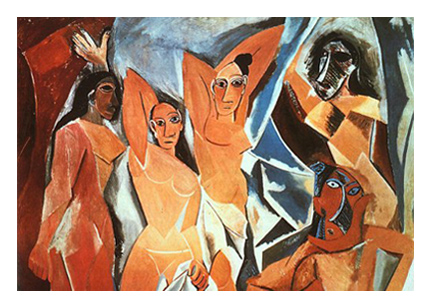 Multiple perspectives and a deconstruction of form, shape and space mark Cubism Les Demoiselles D'Avignon (1907)  The Old Guitarist (1903) 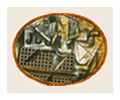 Still Life with Chair Caning (1912) 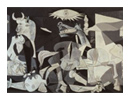 Guernica (1937) |
Marcel Duchamp 1887-1968 Achievement Duchamp strove to make art interesting for the mind rather than merely pleasing to the eye. With his “readymade” sculptures, he expanded what the world considered to be art by presenting everyday objects in their literal plainness absent of context and untouched by the artist's hand. This also redefined society's preconceived role of the artist. The idea, not the object, became important. Furthermore, in complicated installations such as his Large Glass or Etant Donnés, Duchamp brought together highly suggestive but hermetic symbols and emblems. This breaking with tradition along with his irreverent attitude toward canonical art contributed to the anti-establishment nature of Dada, especially in his use of humor, mockery, and puns. Influence Duchamp's witty disdain for traditional modes of making and exhibiting art was seminal to the development of Conceptual art, which has been echoed by artists who continue to question the role and function of art. Although he sought to undermine the authority of fine art, his influence remains in many avenues of modern and contemporary art including Neo-Dada, Fluxus, Pop art, Minimalism and Performance art. His adoption of an alter ego, Rrose Selavy, inspired other artists to explore adopted personas, as well as questions of gender and identity. > Marcel Duchamp Full Artist Page | 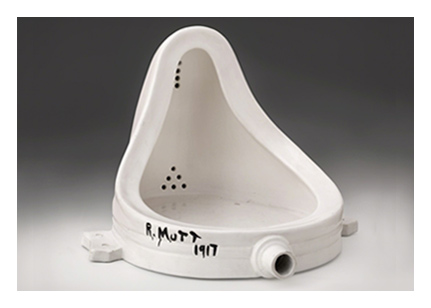 If the artist says it is art, it is art, not a urinal Fountain (1917) 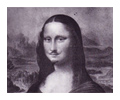 L.H.O.O.Q. (1919)  Bride Stripped Bare by her Bachelors, Even (Large Glass) (1915-1923) 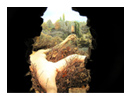 Etant Donnés (1946-66) |
Salvador Dalí 1904-1989 Achievement The most famous Surrealist, known for his iconic mustache and eccentric behavior, Dalí depicted arresting dream images and colorful insights brought forth from his own subconscious. He often utilized bizarre juxtapositions to make the familiar seem strange. These imaginative and illogical compositions were painted in illusionistic detail, suspending them between the real and the impossible. Influence Dalí's Surrealism often included playful combinations of everyday objects, a technique that would appear in the work of Pop artists like James Rosenquist or postmodernists like David Salle. His interest in popular culture culminated in much collaboration with celebrities, work on experimental films and Hollywood blockbusters, and even endeavors into the world of fashion. His designs for dresses, jewelry, and advertisements brought elements of high art to consumer products and helped dissolve the perceived boundaries between fine art and commercialism. > Salvador Dalí Full Artist Page | 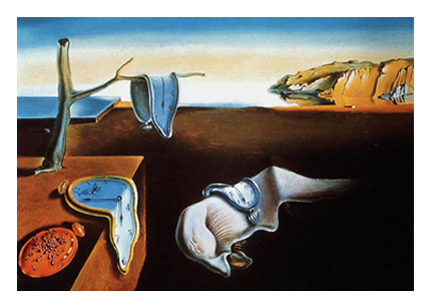 Time melts and the world decays in the most iconic Surrealist image The Persistence of Memory (1931)  Un Chien Andalou (1927)  Lobster Phone (1936)  Christ of Saint John of the Cross (1951) |
Jackson Pollock 1912-1956 Achievement Jackson Pollock built on Surrealism's exploration of the subconscious to create a revolutionary style of abstraction. Marking the canvas through a highly physical process of gestural drips, splatters, and strokes, his paintings traced the movements evoked from his raw emotional state. Rather than depicting an object, his paintings captured this process. His drip paintings also rejected traditional composition to create an all-over field that covered the entire canvas without providing a central focus or subject. Influence In the wake of WWII, Pollock and the Abstract Expressionists created the first notable American avant-garde movement. The gestural style of Pollock, along with Willem de Kooning and Clyfford Still, influenced American and European artists who were looking for new techniques to express postwar uncertainty and anxiety. With his paint-splattered boots, monumental canvases and disdain for art world elitism, Pollock became a heroic figure of modern expressionism — a 20th-century American cowboy. > Jackson Pollock Full Artist Page | 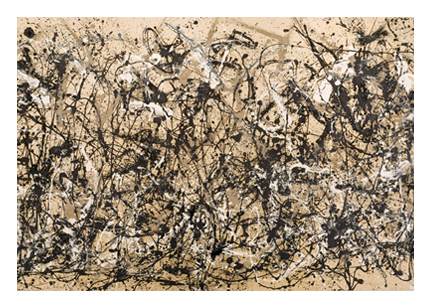 A unique painting created from a uniquely Pollock process Autumn Rhythm: Number 30 (1950) 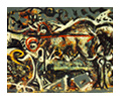 The She-Wolf (1943) 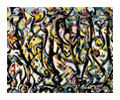 Mural (1943)  The Deep (1953) |
Andy Warhol 1928-1987 Achievement Warhol elevated ordinary objects by turning them into works of fine art. Using processes borrowed from the advertising industry, like silkscreen printing, he infused highbrow culture with lowbrow images and materials. He also explored modern celebrity through the repetition of iconic images, which held a mirror up to society's obsessions. He concocted a bridge between banality and opulence in a way that was easy to understand and poignant in its social commentary. Influence Warhol made art accessible to everyone by expanding the suitable topics of fine art and co-opting the tools of commerce to do so. Building on Marcel Duchamp's theories, he incorporated everyday objects into art, but chose elements of popular culture that were familiar to a non-art audience. He sought to become a celebrity himself and cultivated a persona that influenced later celebrity-artists such as Jeff Koons and Damien Hirst. > Andy Warhol Full Artist Page | 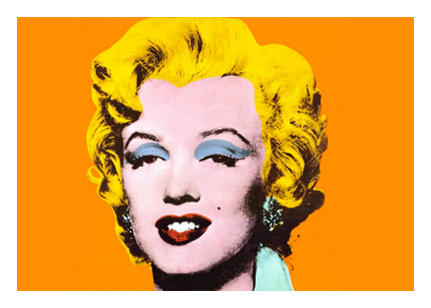 Celebrity and death as new topics for high art Marilyn Monroe (1962)  Brillo Boxes (1964)  Mao (1973)  Self-Portrait (1986) |
 Ask The Art Story AI
Ask The Art Story AI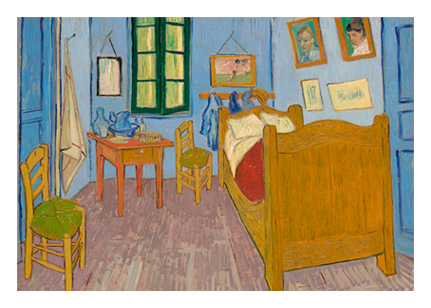
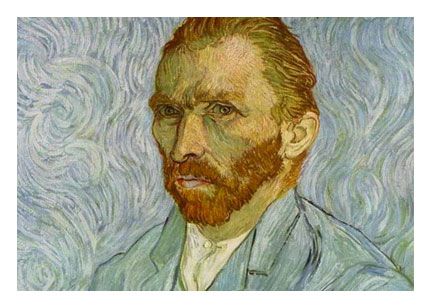
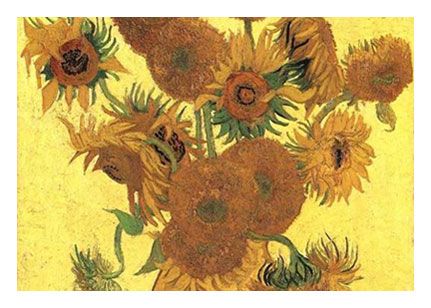
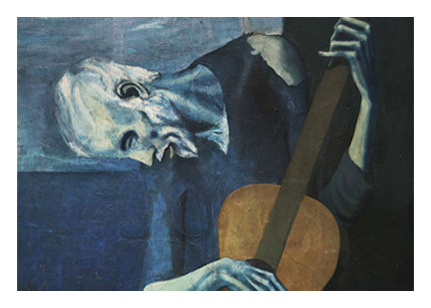
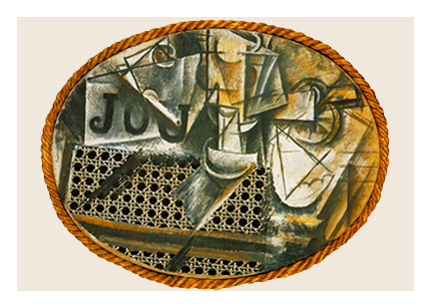
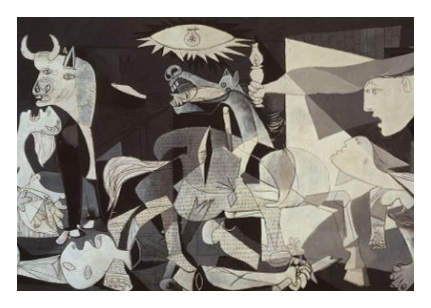
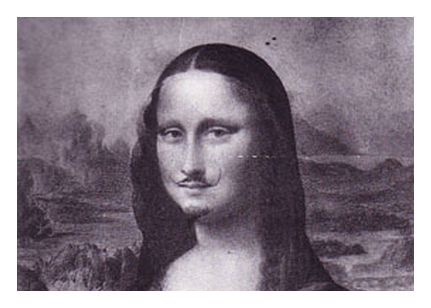
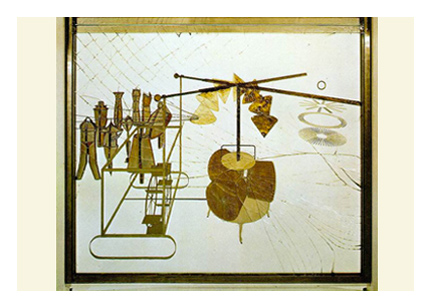
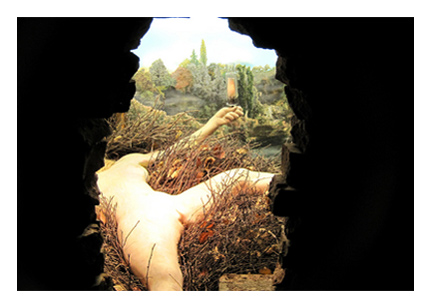
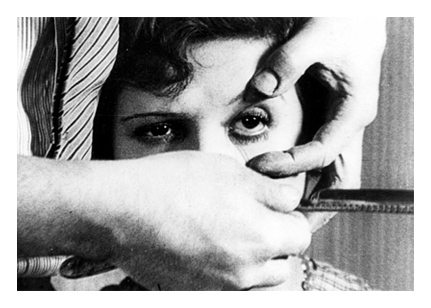

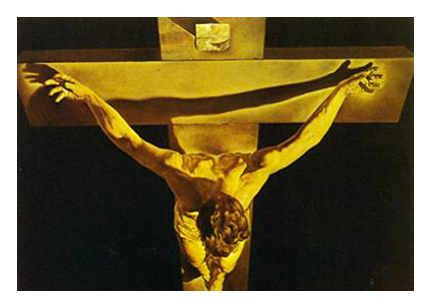
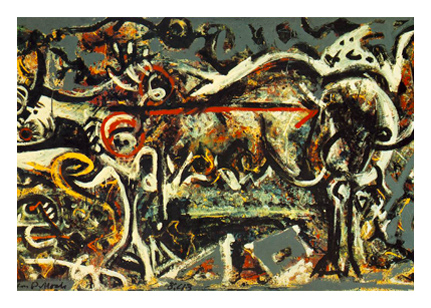
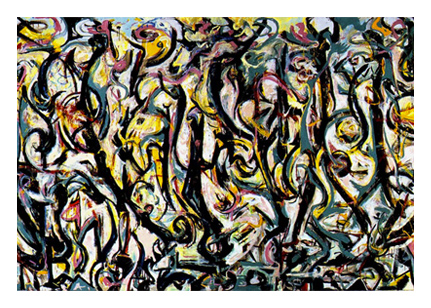
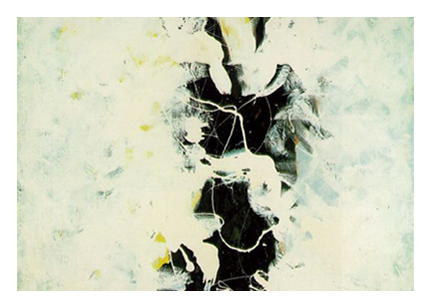
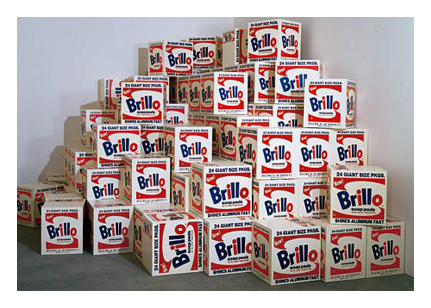
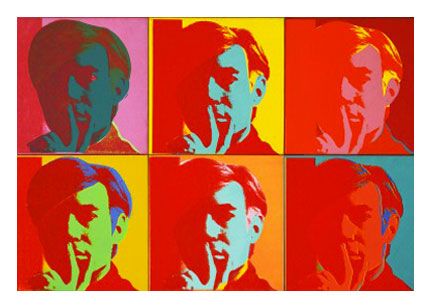
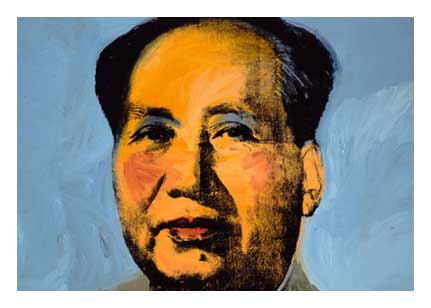
> Claude Monet Full Artist Page